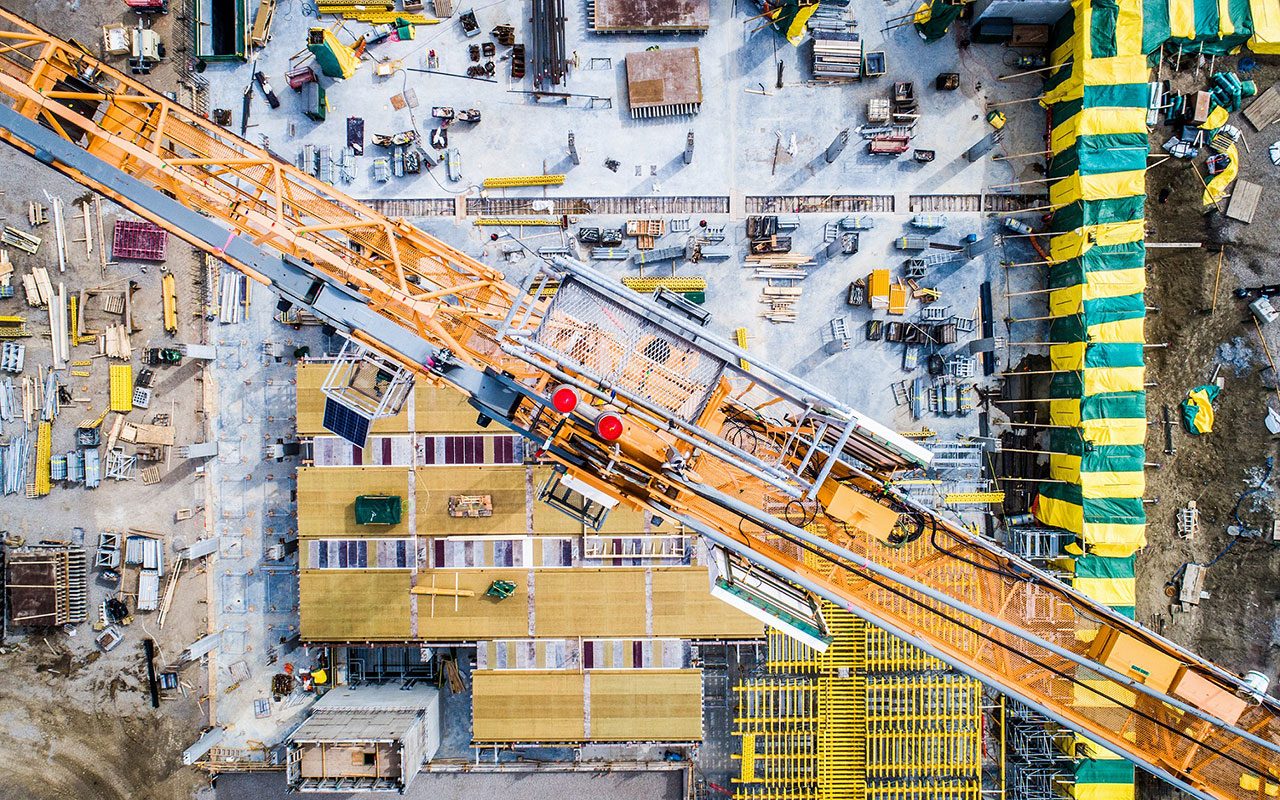This article is from the Australian Property Journal archive
HIGH construction costs and labour prices have dampened appetite for new real estate developments and increasing contractor insolvency across Australia.
According to Turner & Townsend’s latest International Construction Market Survey (ICMS), Sydney has overtaken Perth as the most expensive Australia city to build in, with average costs of US$2,950 per sqm compared to Perth’s US$2,633. Brisbane was third with US$2,561, pipping Melbourne with US$2,540, with Adelaide coming in fifth at US$2,382.
Matt Billingham, Australia and New Zealand real estate lead, said while Australia’s construction markets remain active, slowing new private investment is expected to see markets cool over 2024.
“The slowdown in private sector spending in construction is a trend observed across global construction markets. Appetite for real estate investment worldwide is being curbed by a combination of high inflation, labour shortages and rising interest rates that are acting as barriers to project finance.
“Sydney historically has been the most expensive place in Australia to build, however, in 2022 Perth exceeded Sydney prices. Costs were amplified during this time due to a large increase in construction projects, which placed over-demand on the smaller construction market. Sydney has now returned to the top position as the most expensive market to build in Australia in 2023.
“While currently active, Australia’s construction markets are expected to cool, as challenges associated with the high cost of construction, skilled labour shortages and market capacity constraints slow new supply,” he added.
“We are witnessing a stabilisation of some building material costs with the easing of supply chain disruptions. Shipping timeframes and costs are now mostly back to pre-pandemic levels. There is some uncertainty around the outlook, given the softening underway across the domestic economy. We expect to see some cooling across sectors that are consumer driven, as households grapple with high cost of living pressures and higher interest rates,” Billingham said. “On the other-hand, public sector spending remains robust and there is a significant pipeline of major projects to be delivered around the country, which will keep markets buoyed. Private sector investment in data centres is also experiencing increased activity.”
Labour prices are pushed up by a skills shortage crisis, and the Queensland Government continues their strong infrastructure investment in preparation for the 2032 Olympics has resulted in Brisbane’s labour wages leaping ahead of Sydney and Melbourne, reaching an average of US$66.7 per hour.
“Brisbane’s market is impacted as a direct result of major investment in public infrastructure projects across health, transport and in preparation for the Olympic Games. It will be some time before high labour costs dissipate and the return of immigration eases shortages. With the housing slowdown, labour is shifting to major infrastructure and renewable projects as well as developments that are being planned for the Olympics in 2032,” he continued.
| Ranking
(/89 markets) |
Cost per sqm (US$) | 2022 inflation
(%) |
2023 inflation
(%) |
Labour / hour
(US$) |
|
| Sydney | 34 | 2,950 | 7.5 | 4.0 | 65.3 |
| Perth | 48 | 2,633 | 8.0 | 3.0 | 57.9 |
| Brisbane | 51 | 2,561 | 9.0 | 5.0 | 66.7 |
| Melbourne | 52 | 2,540 | 6.5 | 4.0 | 64.3 |
| Adelaide | 53 | 2,382 | 5.5 | 4.0 | 60.6 |
The difficult trading environment in Australia has claimed multiple high-profile casualties, including Porter Davis, ProBuild, Caydon Property Group, and Condev.
Recently the head of one of Australia’s largest building firms has given property developers a candid spray, calling on the industry to walk the talk when it comes to sharing the risk of escalating construction costs.
Talks of sharing risk have intensified as investors and banks look for certainty, which is also putting pressure on developers.
In a recent episode of Australian Property Journal’s Talking Property podcast, non-bank lender MaxCap Group’s state director NSW David Oudshoorn and Grace Wu, managing director, Bridgestone Projects, talked about the importance of a successful partnership in navigating these conditions.
Looking ahead, construction inflation in Australia is expected to remain elevated in 2023 but lower than the previous two years, with average forecasts of 4%, down significantly from 7.3% in 2022.
But the labour crisis is not isolated to Australia with 74.2% of global markets showing a ‘skills shortage’ in the report.
Billingham said real estate development across the world faces a double threat of high inflation and higher cost of lending, as governments raise interest rates.
Out of the 89 markets surveyed, the United States dominates the rankings, with six US cities in the top ten. New York is the most expensive market, with an average build cost of US$5,451 per sqm, and San Francisco following closely behind on US$5,200.
These figures have been fuelled by the strong US dollar, but also the impact of Bidenomics – a series of US policy interventions designed to stimulate growth in advanced manufacturing and green technology. The report points to the impact on the President’s Inflation Reduction Act, which focuses on supporting green industries, as driving investment in secondary markets across the US.
Switzerland and Japan continue to be expensive countries in which to build. Geneva (US$4,662 per sqm) and Zurich (US$4,653 per sqm) place third and fourth respectively with Tokyo (US$4,576 per sqm) and Osaka (US$4,497 per sqm) ranking in fifth and sixth. Both Hong Kong (US$4,292 per sqm) and London (US$3,879 per sqm) have dropped out of the top ten ranking for the first time, overtaken by US markets.




